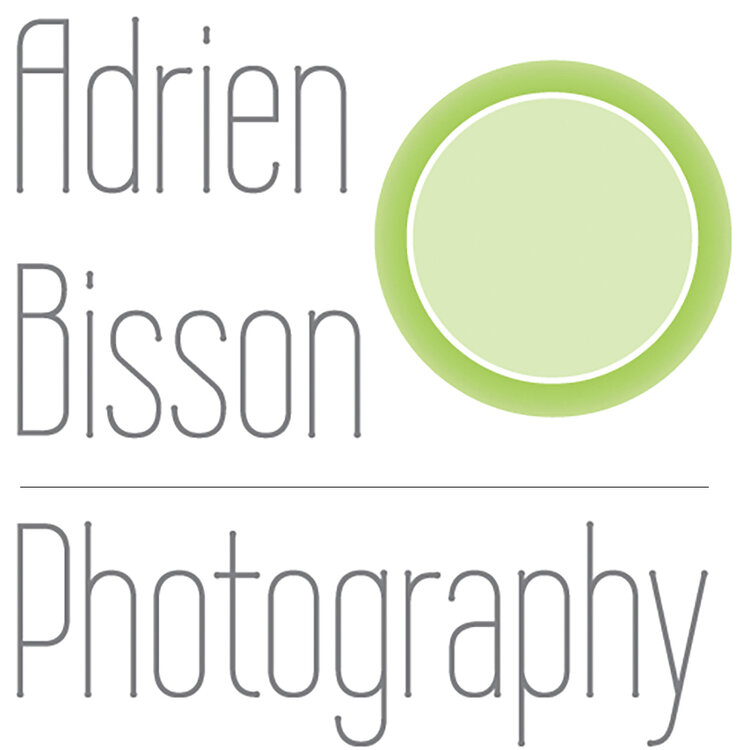As a freelancer, two of my roles in this operation are marketing and sales. I hear all of the experts: branding blah blah blah differentiation blah blah blah engaging blah blah blah. Can you hear it? Obviously that's all important and unless I or someone I hire does that for me, I will be a very lonely freelancer indeed. It's a given that exposure to the right audience is essential. There is a ton of advice out there on the tubes of the internets as to how to go about making that happen.
 But what makes what I do different from all of the other photographers out there who are marketing to the same people? I have actually read articles that say things like: 'you don't have to be the best photographer to be a success'. While that may seem encouraging if you, like most of us, have insecurities about your work, it's also a really convenient excuse to let up on pushing yourself to create more and better work. The race to the middle! Is that where success lies?
But what makes what I do different from all of the other photographers out there who are marketing to the same people? I have actually read articles that say things like: 'you don't have to be the best photographer to be a success'. While that may seem encouraging if you, like most of us, have insecurities about your work, it's also a really convenient excuse to let up on pushing yourself to create more and better work. The race to the middle! Is that where success lies?
If 5 photographers make themselves visible to a potential client through their effective marketing and sales efforts, and they all seem to be the same in the eyes of that potential client, which one does she choose? (If no one raises their hand I will have to call on someone!) The answer is: they choose one at random, or one who answers their email request for a bid. Clearly, there are other factors that, in the real world, come into play such as a usable web site, as opposed to one that re-sizes the browser, plays music, has slippery, ever moving and morphing navigation controls that scream: GET ME OUT OF HERE! What other factors might make a potential client choose one photographer over another, all things seeming equal? Proximity of the photographer, referrals and references, the consistent message put forth in their web presence, etc.

Have I led you up to the precipice of the obvious yet? What's the real differentiator? Remember, if no one raises their hand... Answer: It's the work! Photographer Nick Onken has written a good piece here that you should take a look at, BUT COME BACK! http://nickonken.com/blog/2011/01/the-quality-diversity-of-your-product.html
People have a penchant for sameness much of the time. Kids don't want to be different. It seems to be an instinct at some point in our human development. At times it does makes sense to emulate success. That's clearly valuable as a learning tool. I think where it becomes destructive is when it is a mantra, such as the misguided conventional wisdom that standardized testing of school children is going to generate a well educated population. I can tell you that if there had been a standardized test to graduate from high school when I was that age, I might still be there now trying to pass it. But say such a methodology were to be successful. What has been accomplished? Millions of identically informed people who have never been encouraged to be different, to think critically or to be creative. There's a prescription for success...
 Assuming that your marketing and sales thing has been taken care of, although it is always ongoing, and the presentation of your work is of a high quality and consistent, both on-line and in person (read: have a great book*), THE most important thing is the work and how it is better, more creative and different than all of the others from whom a client might choose. It's so important to keep pushing yourself, to keep growing and stretching, both technically and artistically. And equally important is to push yourself to do personal projects as well as the work you do for business. Hopefully, you soon will be able to see the two come closer together so that the work that people hire you to do is the kind that you love to do.
Assuming that your marketing and sales thing has been taken care of, although it is always ongoing, and the presentation of your work is of a high quality and consistent, both on-line and in person (read: have a great book*), THE most important thing is the work and how it is better, more creative and different than all of the others from whom a client might choose. It's so important to keep pushing yourself, to keep growing and stretching, both technically and artistically. And equally important is to push yourself to do personal projects as well as the work you do for business. Hopefully, you soon will be able to see the two come closer together so that the work that people hire you to do is the kind that you love to do.
*If you are not sure of what I am referring to at the asterisk, please call my friend Selina Maitreya, or read one of her books! http://selinamaitreya.com/
I have sprinkled this post with some recent work that I like, for no other reason than to show it. Plus getting it out there will force me to go out and create more :-) So here are even more!





















